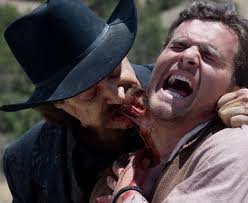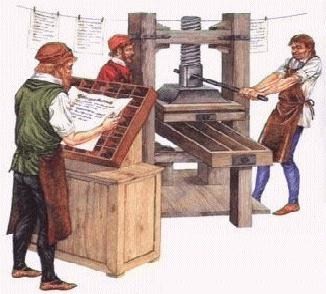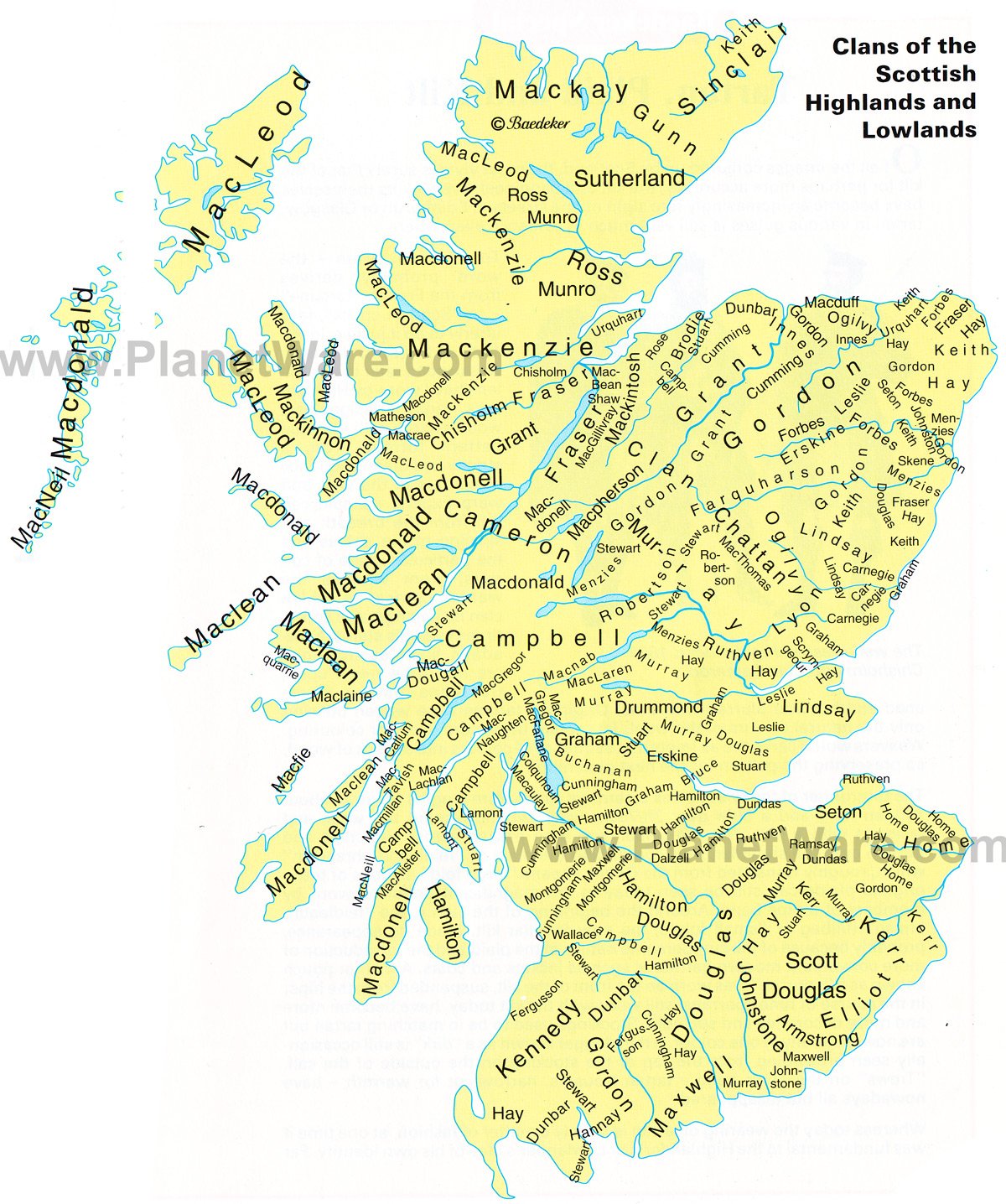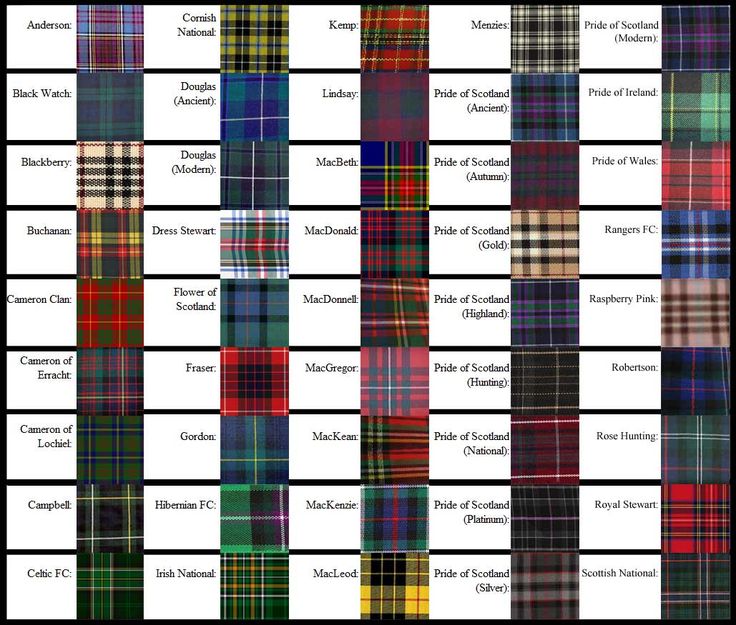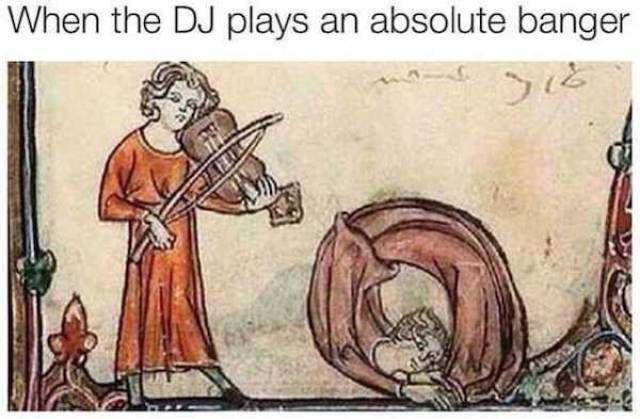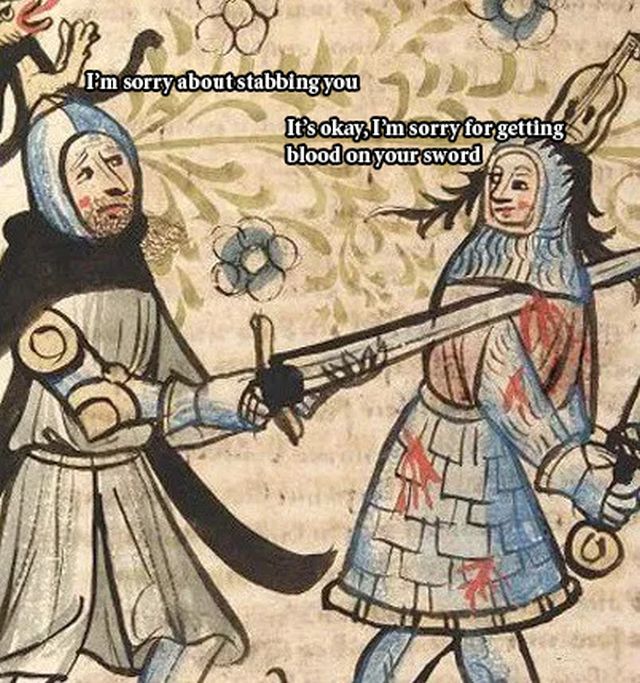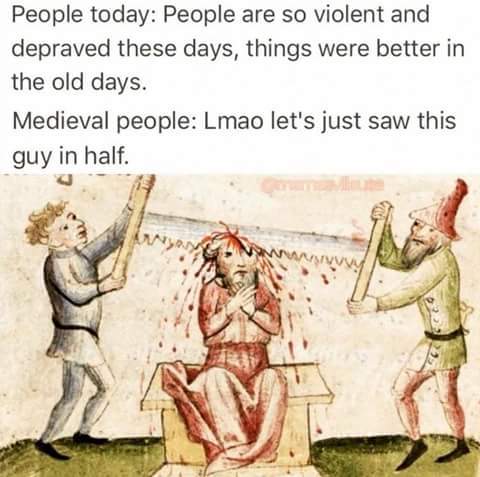Matt3737
Similes are like songs in love.
- MBTI
- INFJ
Could you clarify what point, if any, you are trying to make?
I'm not sure I follow what you mean....
Are you saying cannibalism is acceptable so long as a priest hands out the body and blood of the ritual sacrifice?

